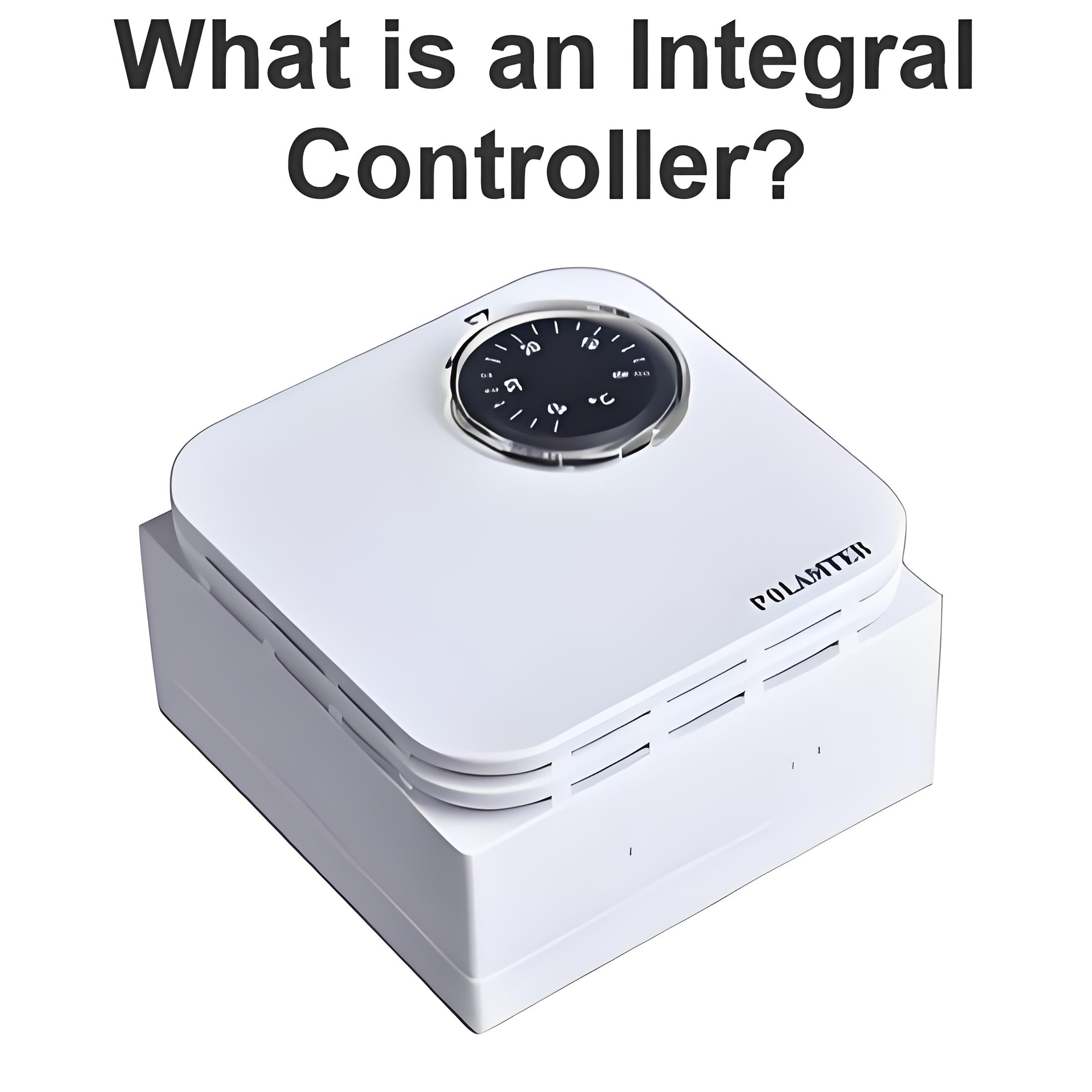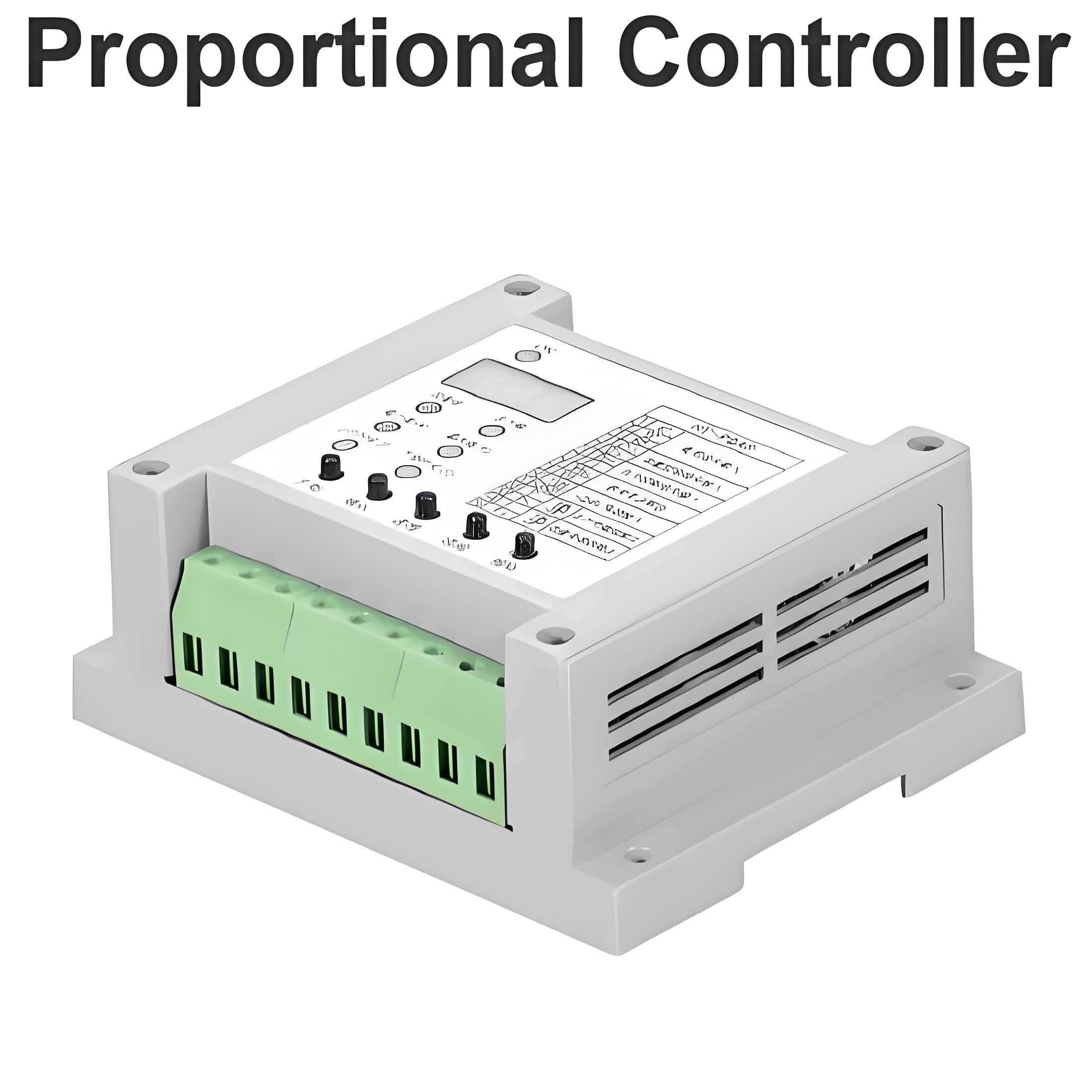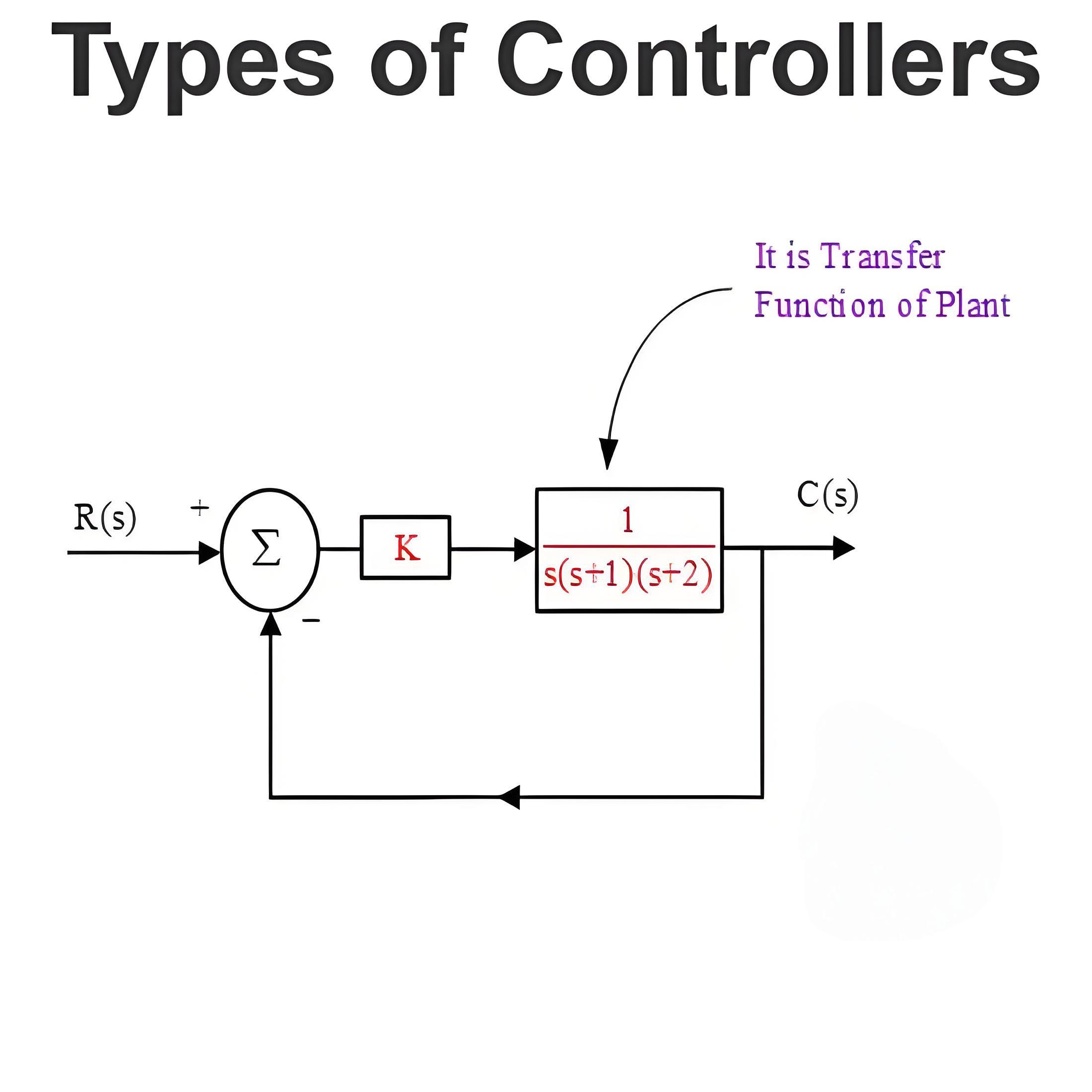Bimetallic Strip Thermometer: How It Works and Its Applications

What is a Bimetallic Strip Thermometer?
A bimetallic strip thermometer is a device that uses the principle of different thermal expansion of solids to measure temperature. It consists of two metal strips (e.g., steel and brass) with different coefficients of thermal expansion, which are firmly joined together along their length. When the bimetallic strip is heated or cooled, it bends or twists due to the unequal expansion or contraction of the two metals. The amount of bending or twisting is proportional to the temperature change and can be indicated by a pointer on a calibrated scale.
Bimetallic strip thermometers are widely used in various industries and applications because of their simplicity, robustness, and low cost. They can measure temperatures from below -100 °C to more than 500 °C, depending on the materials and design of the bimetallic strip. They are also fully mechanical devices that do not require any power source or electrical circuit.
How Does a Bimetallic Strip Thermometer Work?
The basic structure and principle of a bimetallic strip thermometer are shown in the figure below. The bimetallic strip consists of two metal strips with different coefficients of thermal expansion, such as steel and brass. The steel strip has a lower coefficient of thermal expansion than the brass strip, which means it expands or contracts less than the brass strip for the same temperature change.
Figure: Structure and principle of a bimetallic strip
When the bimetallic strip is heated, the brass strip expands more than the steel strip, causing the bimetallic strip to bend with the brass side on the outer side of the curve. Conversely, when the bimetallic strip is cooled, the brass strip contracts more than the steel strip, causing the bimetallic strip to bend with the brass side on the inner side of the curve.
The bending or twisting of the bimetallic strip can be used to move a pointer attached to one end of the strip, which indicates the temperature on a calibrated scale. Alternatively, the bending or twisting of the bimetallic strip can be used to open or close an electrical contact, which can trigger a temperature control system or a safety device.
Types of Bimetallic Strip Thermometer
There are mainly two types of bimetallic strip thermometers available in the market: spiral type and helical type. Both types use a coiled bimetallic strip to increase the sensitivity and compactness of the device.
Spiral Type Bimetallic Thermometer
A spiral-type bimetallic thermometer uses a bimetallic strip that is wrapped into a flat spiral coil. The inner end of the coil is fixed to the housing, while the outer end of the coil is connected to a pointer. As shown in the figure below, when the temperature rises or falls, the coil twists more or less, causing the pointer to move along a circular scale.
Figure: Bimetal thermometer (spiral type)
A spiral-type bimetallic thermometer is simple and inexpensive to manufacture and operate. However, it has some limitations, such as:
The dial and the sensor are not separated from each other, which means that the entire device must be exposed to the medium whose temperature is to be measured.
The accuracy and resolution of the device depend on the quality and uniformity of the bimetallic strip and its bonding.
The device may be affected by mechanical shocks or vibrations that can cause errors or damage.
Helical Type Bimetallic Thermometer
A helical-type bimetallic thermometer uses a bimetallic strip that is wrapped into a helical coil, similar to a spring. The lower end of the coil is fixed to a shaft, while the upper end of the coil is free to move. As shown in the figure below, when the temperature rises or falls, the coil expands or contracts axially, causing the shaft to rotate. The rotation of the shaft can be transmitted to a pointer through a gear-lever system, which indicates the temperature on a linear scale.
Figure: Bimetal thermometer (helical type)
A helical-type bimetallic thermometer has some advantages over the spiral type, such as:
The dial and the sensor can be separated from each other by using a flexible capillary tube, which allows the device to measure the temperature in remote or inaccessible locations.
The accuracy and resolution of the device are higher than the spiral type due to the larger displacement and leverage of the helical coil.
The device is less susceptible to mechanical shocks or vibrations that can affect the spiral.
Applications of Bimetallic Strip Thermometers
Bimetallic strip thermometers have a wide range of applications in various fields and industries, such as:
Temperature control devices: Bimetallic strip thermometers can be used to activate or deactivate a cooling or heating system when the temperature reaches a preset value. For example, a bimetallic strip can be used to switch off an electric kettle when the water boils or to turn on a fan when the room temperature is too high.
Air conditioning and refrigeration: Bimetallic strip thermometers can be used to measure and regulate the temperature in air ducts, refrigerators, freezers, and other cooling or heating devices. For example, a spiral-type bimetallic thermometer can be used in an air conditioning thermostat to adjust the airflow according to the desired temperature.
Industrial processes: Bimetallic strip thermometers can be used to monitor and control the temperature in various industrial processes, such as oil refining, tire vulcanizing, hot soldering, hot wire heating, and others. For example, a helical-type bimetallic thermometer can be used in an oil burner to regulate the fuel supply according to the temperature of the flame.
Temperature measurement and indication: Bimetallic strip thermometers can be used to measure and display the temperature of various media, such as liquids, gases, solids, and surfaces. For example, a bimetallic strip thermometer can be used to measure the water temperature in a heating pipe or the surface temperature of an engine.
Bimetallic strip thermometers are suitable for these applications because they are:
Simple and inexpensive: Bimetallic strip thermometers have a simple structure and design that are easy to manufacture and operate. They do not require any power source or electrical circuit, which reduces the cost and maintenance of the device.
Robust and durable: Bimetallic strip thermometers are made of metallic materials that are resistant to corrosion, wear, and shock. They can withstand high temperatures and pressures without losing their accuracy or functionality.
Mechanical and analog: Bimetallic strip thermometers are mechanical devices that produce an analog output that is directly proportional to the temperature change. They do not need any calibration or adjustment, and they are not affected by electromagnetic interference or noise.
Advantages and Disadvantages of Bimetallic Strip Thermometers
Bimetallic strip thermometers have some advantages and disadvantages compared to other types of thermometers, such as:
Advantages of Bimetallic Strip Thermometers
No power source required: Bimetallic strip thermometers do not need any electricity or battery to operate, which makes them convenient and economical to use.
Low cost: Bimetallic strip thermometers are relatively cheap to manufacture and purchase, which makes them affordable for various applications.
Robust construction: Bimetallic strip thermometers are made of durable and corrosion-resistant metals, which makes them suitable for harsh environments and long-term use.
Easy to use: Bimetallic strip thermometers are simple and straightforward to use, as they do not require any calibration or adjustment, and they display the temperature directly on a scale or a dial.
Disadvantages of Bimetallic Strip Thermometers
Low accuracy: Bimetallic strip thermometers are not very precise or reliable, as they can be affected by mechanical shocks, vibrations, hysteresis, aging, and nonlinearity. They also have a limited resolution and sensitivity, especially at low temperatures.
Manual reading: Bimetallic strip thermometers are limited to applications where manual reading is acceptable, such as household or outdoor thermometers. They cannot be connected to digital or remote displays or recording devices, which limits their functionality and versatility.
Narrow temperature range: Bimetallic strip thermometers have a narrow temperature range, as they depend on the properties and compatibility of the two metals used. They cannot measure very high or very low temperatures, as the bimetallic strip may lose its elasticity or become too rigid.
These are some of the main advantages and disadvantages of bimetallic strip thermometers. Depending on the application and the requirements, bimetallic strip thermometers may be more or less suitable than other types of thermometers.
Conclusion
Bimetallic strip thermometers are devices that use the principle of different thermal expansion of solids to measure temperature. They consist of two metal strips with different coefficients of thermal expansion, which are firmly joined together along their length. When the bimetallic strip is heated or cooled, it bends or twists due to the unequal expansion or contraction of the two metals. The amount of bending or twisting is proportional to the temperature change and can be indicated by a pointer on a calibrated scale.
Bimetallic strip thermometers have a wide range of applications in various fields and industries, such as temperature control devices, air conditioning and refrigeration, industrial processes, and temperature measurement and indication. They have some advantages, such as no power source required, low cost, robust construction, and easy to use. They also have some disadvantages, such as low accuracy, manual reading, and narrow temperature range.
Bimetallic strip thermometers are simple and inexpensive devices that can measure temperature in a mechanical and analog way. They are suitable for applications where high precision or digital display is not required, and where the temperature range is within their limits. They are not suitable for applications where high accuracy or remote display is required, or where the temperature range is beyond their limits.
Statement: Respect the original, good articles worth sharing, if there is infringement please contact delete.
Welcome to our electricity community! Established to facilitate the exchange and cooperation in the electricity industry and bridge professionals, enthusiasts, and related enterprises.





